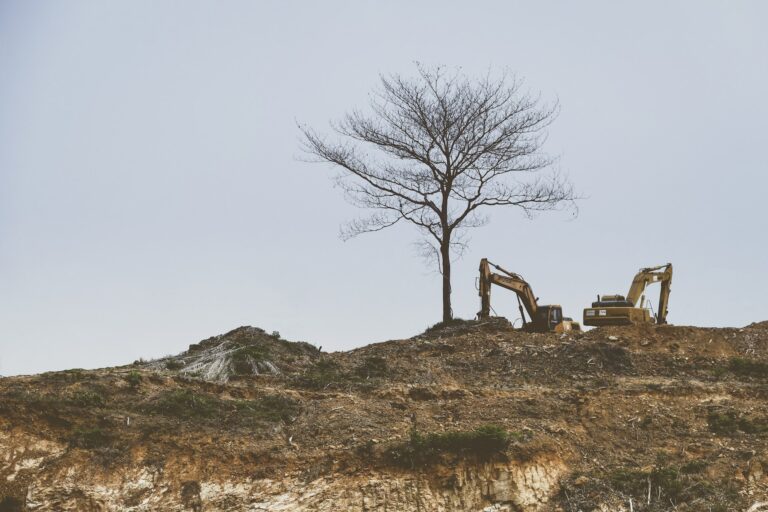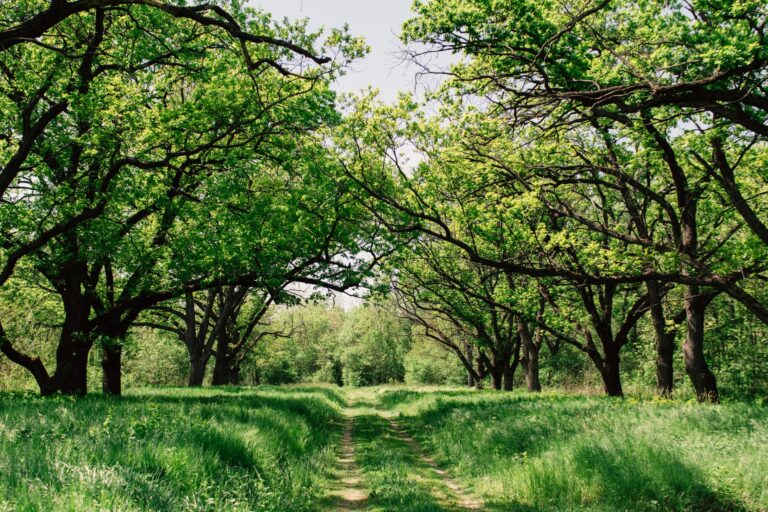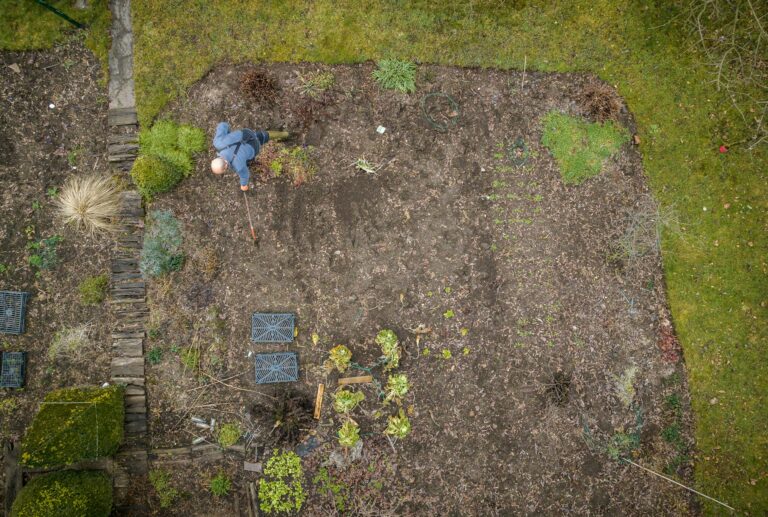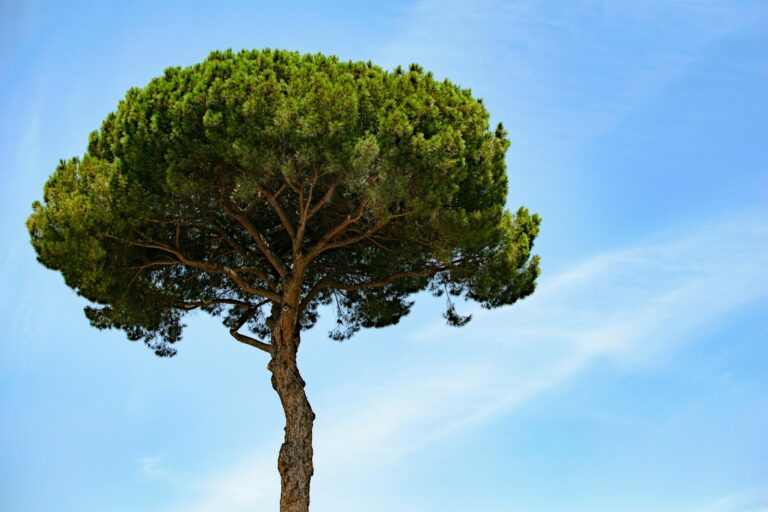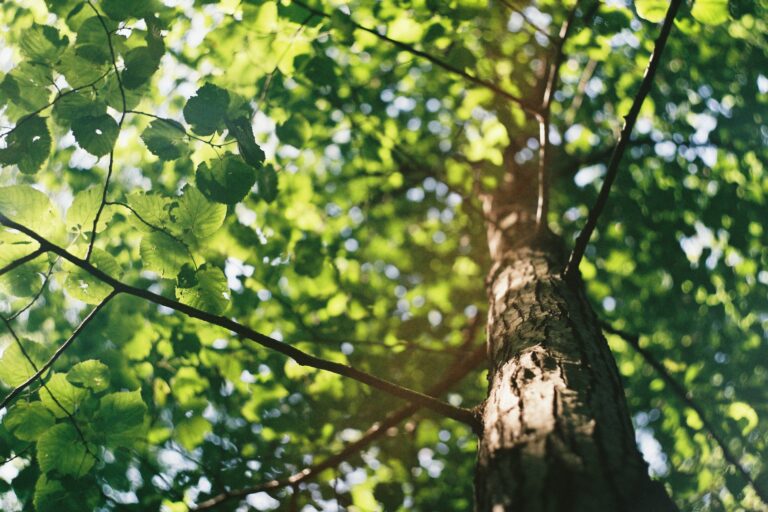Oh, Christmas Tree – Where Did Christmas Trees Come From?
Oh, Christmas Tree – Where Did Christmas Trees Come From?
A history lesson from Niwaki Tree & Shrub
People today can’t remember a Christmas without trees inside the home. Yet, they had to have started somewhere. While there are many legends about how Christmas trees first got started, the reality is, they started being used for decorations and to celebrate the winter holiday during the Middle Ages. Christmas trees have been around for hundreds of years, and though a lot of their history is shrouded in mystery, they are still a time-honored tradition that millions of Americans participate in each year.
The Earliest Records of Christmas Decorations
Though records may be more difficult to find the further back you go, there are records of using items to decorate the home for Christmas in the 15th and 16th centuries. During this time, homes were decorated with holly and ivy, which may be where the story of the Christmas tree begins. During this time, there would be a pole in town that would be decorated with holly and ivy, somewhat like an early Christmas tree, even though it wasn’t an evergreen. Many houses and streets were covered with holly and ivy, too, creating the Christmas cheer many people looked forward to during the colder months.
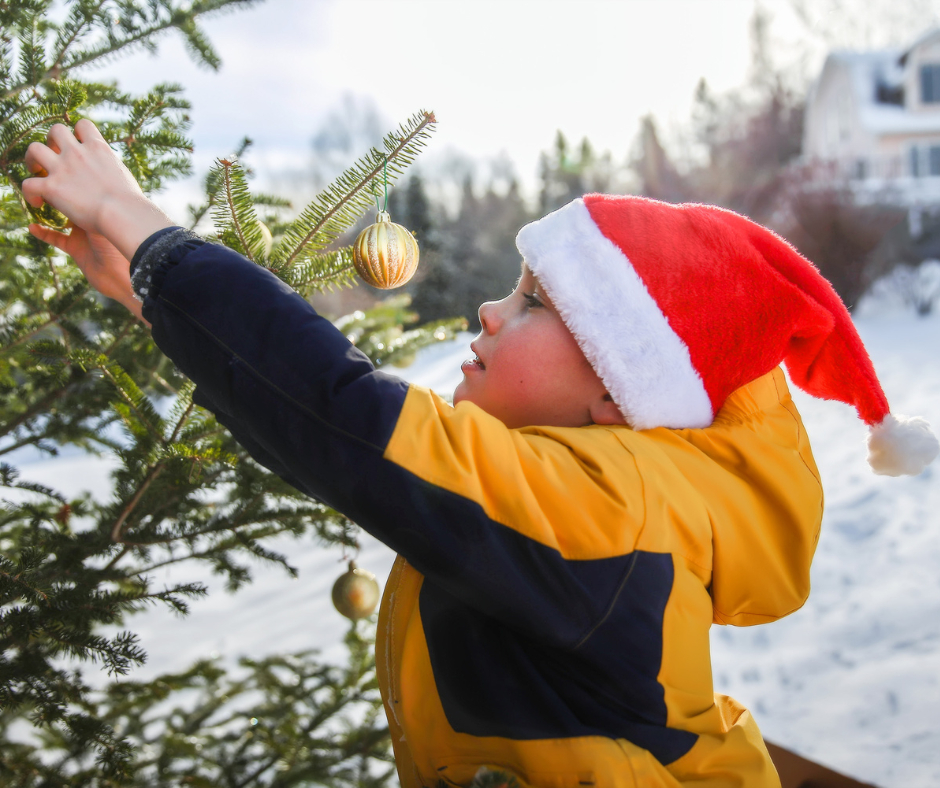
Christmas Trees During the Middle Ages
The first records of Christmas trees appeared during the Middle Ages in what is now Germany. As early as the 1400s, trees were set up and decorated. In the early days, the tree was decorated with tinsel as well as gingerbread, apples, and wafers.
Many people celebrated Christmas Eve by holding a feast and performing plays. There are some records of the trees being decorated with anything from thread and stray to apples, pretzels, and nuts. During the 1400s, the tree of knowledge used in the plays was depicted as an evergreen fir. Though these trees don’t bear fruit, apples were tied to the branches to symbolize the apple eaten by Adam and Eve.
Christmas Tree Markets
During the 15th century, there were limits on the number of trees people could have in their homes because of so many people using them for Christmas trees. Many people would cut down the pine branches to bring them into their homes, causing issues for the area. In the 1530s, households were limited to one tree per home.
The earliest record of a Christmas market was during the 17th century. At this time, there was a marketplace in what is now part of France and Germany. At the market, sellers offered Christmas trees that were unadorned and designed to be set up inside the home. Once the tree was brought home, it could be decorated. Most people used sweets, wafters, roses, and apples to decorate the trees inside their homes.
Rising Popularity in the United States
From the middle ages until today, Christmas trees have become a part of the holiday season. During the late 18th century, pine trees were purchased and used to decorate homes. One of the first references to Christmas trees in the United States was in North Carolina in the late 18th century. By the early 19th century, people started to go out and cut down smaller pine trees to use as decorations in homes, schools, and other buildings. Early trees were often decorated with paper, cotton, popcorn, and sweets.
Public Christmas Trees
As the popularity of Christmas trees began to grow, some companies started to look for ways to use this tradition for their gain. The first national Christmas tree was set up at the White House in the late 19th century. This was done through encouragement from the electricity lobby, as they wanted to show everyone how amazing electricity could be. They ended up with a balsam fir tree that was nearly 60 feet tall and decorated it with more than 2,500 light bulbs.
More companies and locations would end up setting up huge Christmas trees in the following decades. The tree at the Rockefeller Center was first set up during the Great Depression. At this time, many people were out of work and struggling to make ends meet. Raising the tree was done by those who were unemployed, giving them some money and creating a symbol of hope for the upcoming years. Though the tree was only 20 feet tall the first year, the Christmas tree at Rockefeller Center is one that continues today.
Artificial Trees for Home Use
Though trees were incredibly popular, they did need to be cut down and then thrown away at the end of the season. In 1964, the first artificial trees were introduced. Today’s versions look incredibly realistic and are the most popular option for homeowners today. Close to 100 million households in the United States will have a tree each Christmas, with more than 80% of them being artificial. There are many reasons for this, from homeowners preferring a reusable option to fewer trees being grown specifically to be used as Christmas trees.
Many people do believe that artificial trees are better for the environment, as they can be reused year after year. However, experts do say that live Christmas trees can be beneficial, too. The trees are grown in the US instead of being shipped from other countries, so purchasing live trees helps to support the local economy. Real trees are also biodegradable and recyclable, so they don’t have a big impact when they’re done being used.
ChristmasVille
Rock Hill, SC, celebrates the Christmas season with a village inspired by the area’s resident, Vernon Grant. He helped design the characters for Kellogg’s Rice Krispies and was an illustrator for children’s books. Each year, the area of Old Town is transformed into a holiday village and art festival. There are almost 70 events, including carriage rides, strolling carolers, dancing, music, contests, and ice skating. Residents can enjoy everything the village has to offer while they get inspiration for decorating the perfect Christmas tree in their homes.
No one knows more about tree care than the experts at Niwaki Tree and Shrub. When you’re picking out the perfect Christmas tree this year, don’t forget about the trees in your yard and the care they need. If you’re looking for professional tree services in Rock Hill, SC, turn to the experts at Niwaki Tree and Shrub. Contact them today to get help with local tree care from an arborist and enjoy the beauty of your yard all year long.
Need tips on planting in USDA zones 7b and 8a? Check out this article that shares Top 3 Trees to Plant in Zones 7b and 8a to beautify your space


